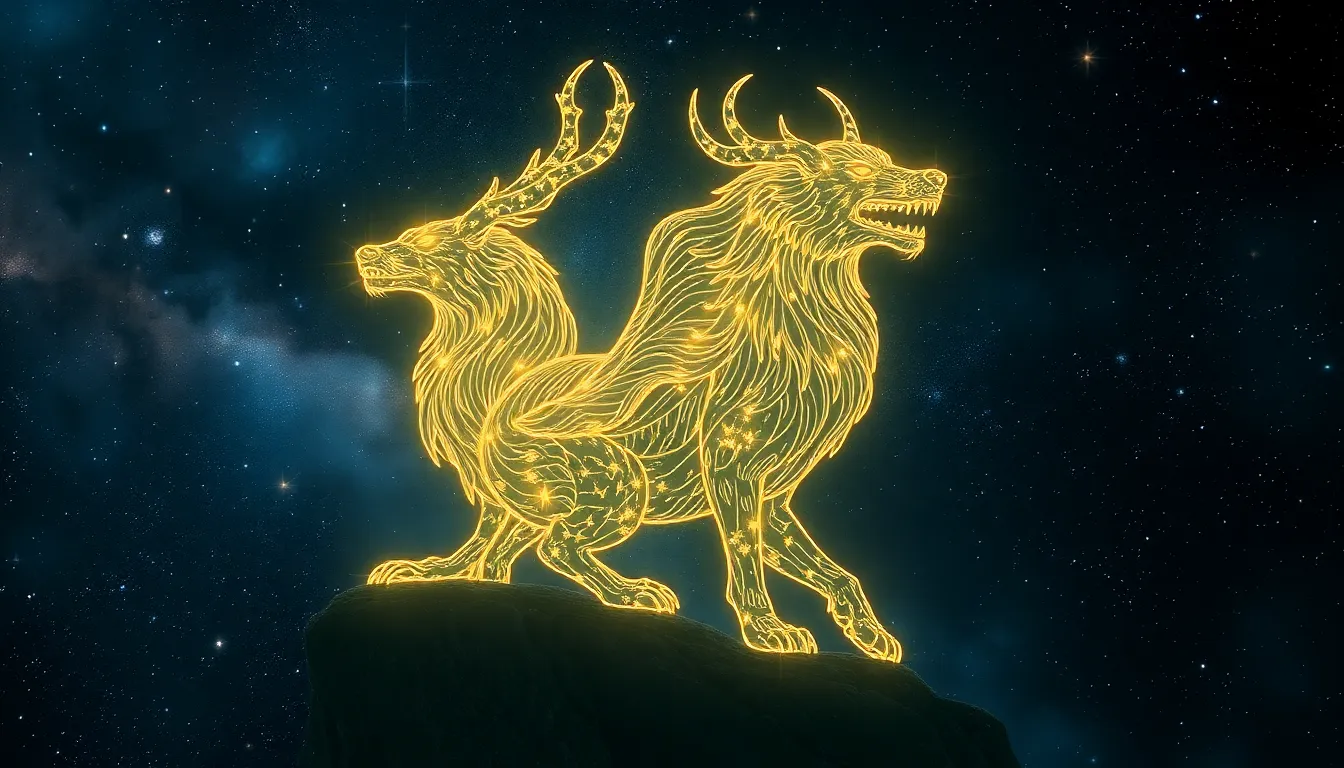The Mythical Canopy: Sacred Forests in World Legends
1. Introduction
Sacred forests have long held a revered place in various cultures around the world. These natural sanctuaries are often seen as portals to the divine, places where the spiritual and physical worlds intersect. From the towering trees of ancient groves to the tranquil underbrush of enchanted woods, sacred forests are woven into the fabric of mythology and folklore. They symbolize not only the beauty of nature but also the profound connection between humanity and the environment.
This article explores the significance of sacred forests in mythology, examining their roles in different cultures and the legends that surround them. We will delve into the rich tapestry of stories that elevate these natural spaces to a sacred status, reflecting the deep-rooted belief systems of diverse societies.
2. The Role of Nature in Mythology
In many ancient cultures, nature was viewed as a source of spirituality and a reflection of the divine. Forests, in particular, were seen as mystical realms inhabited by spirits, gods, and creatures that held power over life and death. The symbolism of forests in mythological narratives is profound:
- Life and Growth: Forests are often associated with fertility, abundance, and the cycle of life.
- Death and Rebirth: Many myths depict forests as places where souls transition to the afterlife or are reborn.
- Chaos and Order: The untamed nature of forests represents both the chaos of the natural world and the order imposed by divine forces.
3. Sacred Forests in Different Cultures
3.1. The Yggdrasil: The World Tree in Norse Mythology
In Norse mythology, Yggdrasil is the immense and central sacred tree that connects the nine worlds. This World Tree is not only a symbol of life and wisdom but also serves as a bridge between the divine and mortal realms. Its roots stretch deep into the underworld, while its branches reach up to the heavens, illustrating the interconnectedness of all existence.
3.2. The Celestial Groves of the Celts
For the Celts, the oak tree was particularly sacred, symbolizing strength, endurance, and wisdom. Celts believed that the forests were home to spirits and deities that protected the natural world. Sacred groves were often sites of worship and rituals, where offerings were made to ensure harmony between humans and nature.
3.3. The Enchanted Forests of Native American Tribes
Various Native American tribes hold sacred forests in high regard, viewing them as places of healing, spirituality, and connection to ancestors. The forests are believed to be inhabited by guardian spirits that guide and protect the tribes. Rituals such as vision quests and seasonal ceremonies often take place in these sacred woods, emphasizing their importance in cultural identity.
4. Legends of Guardian Spirits and Deities
Across cultures, forests are often populated by guardian spirits and deities that embody the essence of the woods. These entities serve as protectors, guiding and watching over the natural realms. Some notable examples include:
- Pan: In Greek mythology, Pan is the god of the wild, often depicted as a protector of shepherds and flocks, associated with rustic music and the wilderness.
- Dryads: In Greek mythology, dryads are tree nymphs that inhabit and protect forests, particularly oak trees, symbolizing the spirit of nature.
- Forest Spirits of Japan: In Shinto belief, kami, or spirits, inhabit the forests, with specific trees and groves considered sacred and deserving of reverence.
5. Rituals and Traditions Associated with Sacred Forests
Rituals performed in sacred forests often reflect the deep spiritual connection between the people and nature. These rituals can include:
- Offerings to forest spirits or deities.
- Seasonal festivals celebrating the cycles of nature.
- Healing ceremonies utilizing the natural elements found in the forest.
Festivals such as the Celtic festival of Beltane celebrate the fertility of the earth and often take place in sacred groves, while Native American ceremonies honor the spirits of the forest and the life they provide.
6. The Concept of the Underworld and Sacred Woods
Many cultures view forests as gateways to the afterlife or other realms. This connection between sacred woods and the underworld is evident in countless myths:
- In Greek mythology, the dark forests of the Underworld are home to spirits and the deceased.
- In various African traditions, forests serve as portals to ancestral realms, where the living can communicate with the dead.
These myths often illustrate the belief that death is not an end but a transition, with sacred forests serving as the threshold between the worlds.
7. Sacred Forests in Literature and Art
Sacred forests have long been a source of inspiration in literature and art. From the enchanted woods of fairy tales to the mystical forests in epic poetry, these natural spaces evoke a sense of wonder and mystery. Some notable representations include:
- Literature: Works like “A Midsummer Night’s Dream” by Shakespeare and “The Chronicles of Narnia” by C.S. Lewis feature enchanted forests that serve as backdrops for transformative experiences.
- Visual Arts: Artists such as Caspar David Friedrich have captured the ethereal beauty of forests, often infusing their works with spiritual significance.
8. Conservation of Sacred Forests: A Modern Perspective
Today, the preservation of sacred forests is crucial for both cultural and environmental reasons. Many indigenous communities continue to rely on these forests for their spiritual and physical sustenance. Initiatives aimed at protecting these cultural landscapes include:
- Establishing protected areas to safeguard sacred sites.
- Promoting sustainable practices that respect the spiritual significance of these forests.
- Engaging local communities in conservation efforts and recognizing their traditional knowledge.
9. Challenges to Sacred Forests: Myths vs. Modernity
As urbanization and deforestation progress, sacred forests face numerous threats. The clash between modern development and traditional beliefs often leads to conflicts over land use. Key challenges include:
- Loss of biodiversity and habitat destruction.
- Displacement of indigenous communities and their cultural practices.
- Commercial exploitation of natural resources, undermining the spiritual significance of these areas.
10. Conclusion
The enduring significance of sacred forests in mythology highlights their vital role in shaping cultural identities and spiritual beliefs. These natural sanctuaries remind us of our connection to the earth and the importance of preserving these spaces for future generations. As we navigate contemporary environmental challenges, the legends surrounding sacred forests serve as powerful narratives that inspire respect and stewardship for the natural world.




